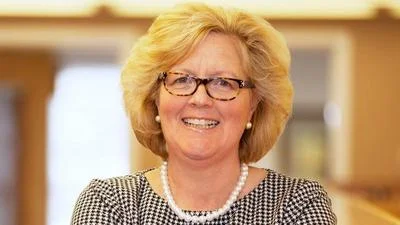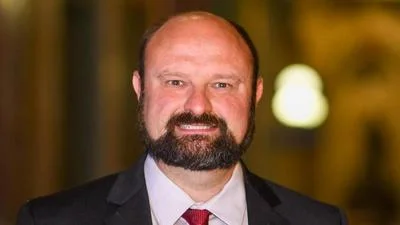When chest pain occurs, dial, don't drive | hshs.org/
When chest pain occurs, dial, don't drive | hshs.org/
When chest pain occurs, dial, don't drive
Do you know what to do if you or someone else is having a heart attack?
Hopefully you automatically answered, "Call 911."
According to the American Heart Association, there are more than 356,000 out-of-hospital cardiac arrests (OHCA) annually in the U.S., with nearly 90% of them being fatal. Some of these could be prevented if crucial emergency medical treatment wasn’t delayed. On average, many Americans wait two hours or more before seeking medical attention for heart attack symptoms, and far too many heart attack patients drive themselves or have a family member drive them to the hospital.
During American Heart Month, Prairie Heart Institute at HSHS St. Joseph's Highland is working to reduce this statistic by reminding the public: “Dial, Don’t Drive.”
Prairie Heart medical experts explained that when experiencing the signs of a heart attack, every second saved can mean the difference between irreversible heart damage or a treatable condition, and even life or death. By dialing 911 first, treatment begins the moment emergency responders arrive.
That's important because minutes matter with a heart attack. Here's why: A heart attack happens when blood flow to a section of heart muscle is abruptly blocked. If blood flow isn't rapidly restored, the affected muscle begins to die. Acting quickly can prevent or limit damage to the muscle—and save your life.
By calling 911 to get EMS professionals, they and other first responders can:
- Assess your situation immediately
- Administer treatment in the ambulance
- Communicate with the hospital while en route, ensuring hospital emergency and cardiac teams will be waiting and ready for your arrival
- Effectively speed the time from heart attack symptom to treatment
Every heart attack is different, but common symptoms include:
- Pressure in the chest or arms. It can feel like an uncomfortable pressure, fullness, pain or squeezing.
- Other upper body discomfort. It can affect one or both arms or the back, neck, jaw, shoulder or stomach
- Shortness of breath. This may occur on its own or with chest discomfort
- Breaking out in a cold sweat or feeling nauseated or light-headed.
To learn more about the warning signs of a heart attack, visit heart.org/heartattack.
Original source can be found here






 Alerts Sign-up
Alerts Sign-up